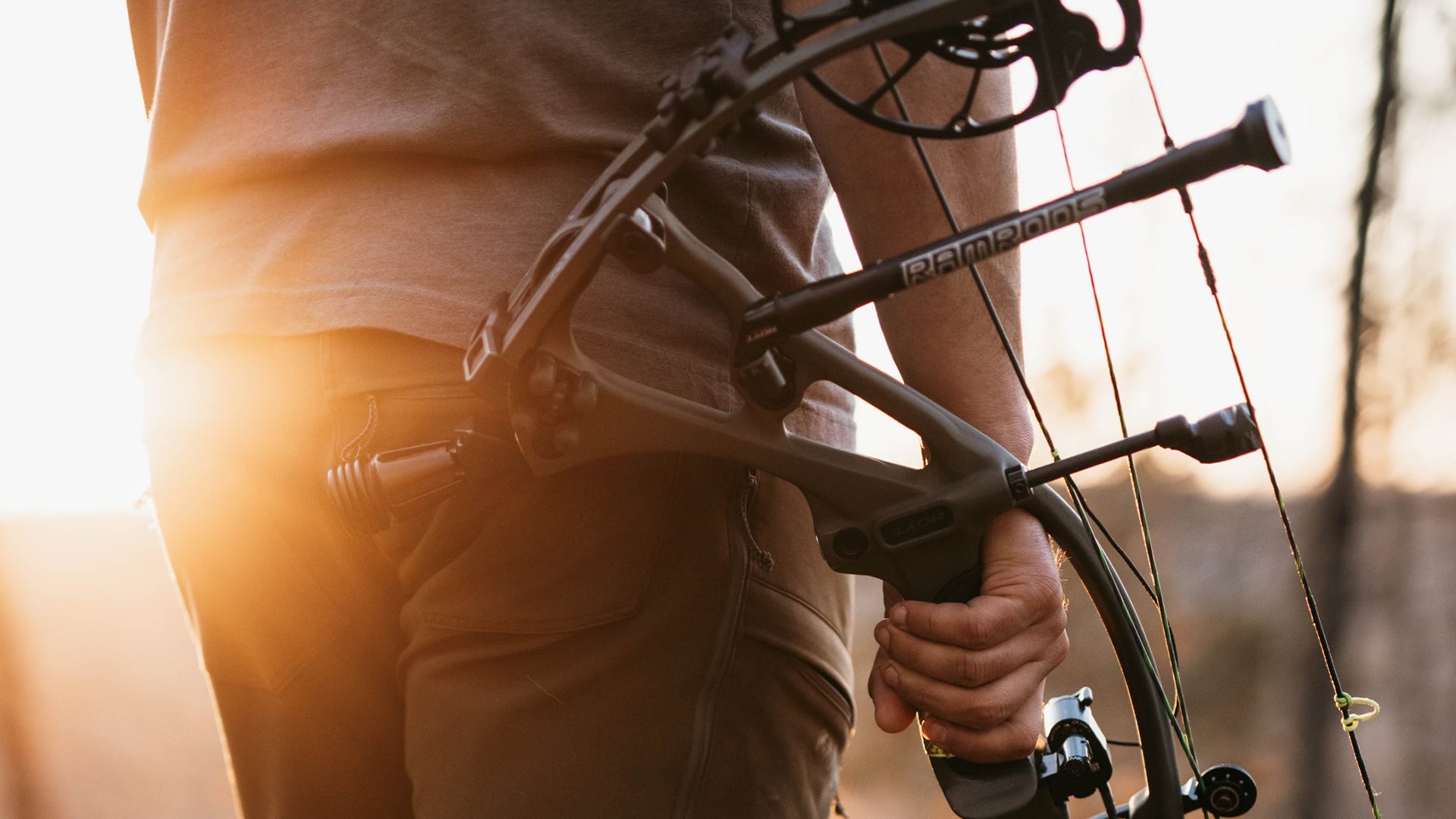How to Pick the Right Bow Stabilizer: Professional Tips and Advice
How to Pick the Right Bow Stabilizer: Professional Tips and Advice
Blog Article
Maximize Your Archery Precision With These Bow Stabilizer Methods
One important component that can dramatically impact your performance is the appropriate utilization of bow stabilizers. Whether you are a skilled archer looking to fine-tune your skills or a newbie anxious to boost your accuracy, mastering these bow stabilizer strategies can be the secret to hitting your mark with unequaled uniformity.
Advantages of Utilizing Bow Stabilizers
Utilizing bow stabilizers can considerably boost an archer's precision and overall efficiency by decreasing bow torque and resonance. In addition, bow stabilizers dampen vibration, which not just enhances the comfort of shooting but likewise avoids the bow from jumping upon release, therefore aiding in maintaining appropriate purpose.
Moreover, bow stabilizers can assist in holding the bow consistent, specifically during windy problems or when firing from longer ranges. The added weight at the front of the bow supplies security and equilibrium, allowing the archer to focus on intending without the diversion of bow activity. Generally, the advantages of utilizing bow stabilizers prolong past just accuracy, enhancing the archer's experience and performance in numerous shooting situations.
Selecting the Right Bow Stabilizer
Picking the appropriate bow stabilizer is critical for optimizing your archery equipment and enhancing shooting performance. When choosing a bow stabilizer, there are numerous variables to take into consideration to ensure you locate the appropriate suitable for your needs. To start with, consider the weight of the stabilizer. Much heavier stabilizers can help minimize bow torque and soak up even more resonance, bring about a steadier objective. However, lighter stabilizers supply more ability to move, which can be valuable in particular shooting situations.

Last but not least, take into consideration the style of the stabilizer. Some stabilizers feature flexible weights or dampeners that enable you to personalize the equilibrium and feel of your bow. Eventually, selecting the appropriate bow stabilizer entails finding a balance between weight, design, material, and size to enhance your shooting precision and overall efficiency.
Correct Installment Techniques
To make sure ideal efficiency and safety and security in archery, grasping correct setup methods for your bow stabilizer is crucial. The first step in installing a bow stabilizer is to recognize the proper positioning on your bow.
Following, securely affix the stabilizer to the bow utilizing the proper placing hardware. It is vital to tighten the stabilizer snugly to stop any wobbling during shots. Some stabilizers come with adjustable weights that can be included or eliminated to make improvements the balance of your bow. Explore various weight arrangements to find the ideal equilibrium that suits your shooting style.

Changing Stabilizer Weight and Size
After guaranteeing the correct setup of your bow stabilizer, the next step includes changing the weight and length to maximize its efficiency in improving archery precision. The weight of the stabilizer plays an essential function in reducing bow movement throughout the shot cycle.
A longer stabilizer can give greater stability by increasing the distance in between the bow and the weight at the end of the stabilizer. On the other hand, a much shorter stabilizer offers more maneuverability and may be chosen by archers who value dexterity and quick movements during shooting.
Advanced Stabilizer Tuning Tips
Attaining optimal bow security and accuracy in archery requires a nuanced technique to advanced stabilizer tuning. Advanced stabilizer tuning includes fine-tuning numerous parts to boost the bow's equilibrium, decrease resonance, and enhance general accuracy. One crucial method is to try out different stabilizer setups, consisting of back-bar and side-bar configurations, to find the ideal equilibrium between security and ability to move for your shooting style. bow stabilizer. Additionally, adjusting the angle and positioning of the stabilizer can have a significant influence on just how the bow responds upon launch.
One more essential element of sophisticated stabilizer adjusting is maximizing the damping buildings of the stabilizer system. This can be achieved by including additional moistening accessories such as rubber dampeners or harmonic stabilizers to additionally decrease resonance and noise. find here Furthermore, discovering different materials for the stabilizer construction, such as carbon fiber or aluminum, can likewise influence the bow's performance by changing its weight distribution and stiffness. By meticulously tweak these sophisticated stabilizer components, archers can maximize their accuracy and uniformity on the array or in competition.
Verdict
To conclude, making best use of archery precision can be attained with the appropriate choice, installation, and change of bow stabilizers. see this By recognizing the advantages of using stabilizers, selecting the ideal one, and adjust its weight and size, archers can boost their capturing accuracy. Utilizing innovative tuning techniques can additionally improve security and uniformity in arrowhead flight. In general, incorporating bow stabilizers into archery practice can bring about better performance and enhanced precision.
Using bow stabilizers can substantially improve an archer's precision and general efficiency by minimizing bow torque and vibration. Longer stabilizers offer higher security and balance, particularly for long-distance capturing, while much shorter stabilizers provide even more convenience and are less complicated to maneuver in limited spaces (bow stabilizer). Carbon fiber stabilizers are lightweight and resilient, while aluminum stabilizers are robust and provide excellent resonance wetting
A longer stabilizer can give higher stability by increasing the distance between the bow and the weight at the end of the stabilizer.An additional important element of sophisticated stabilizer tuning is enhancing the damping homes of the stabilizer system.
Report this page